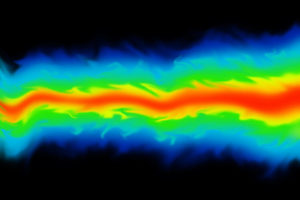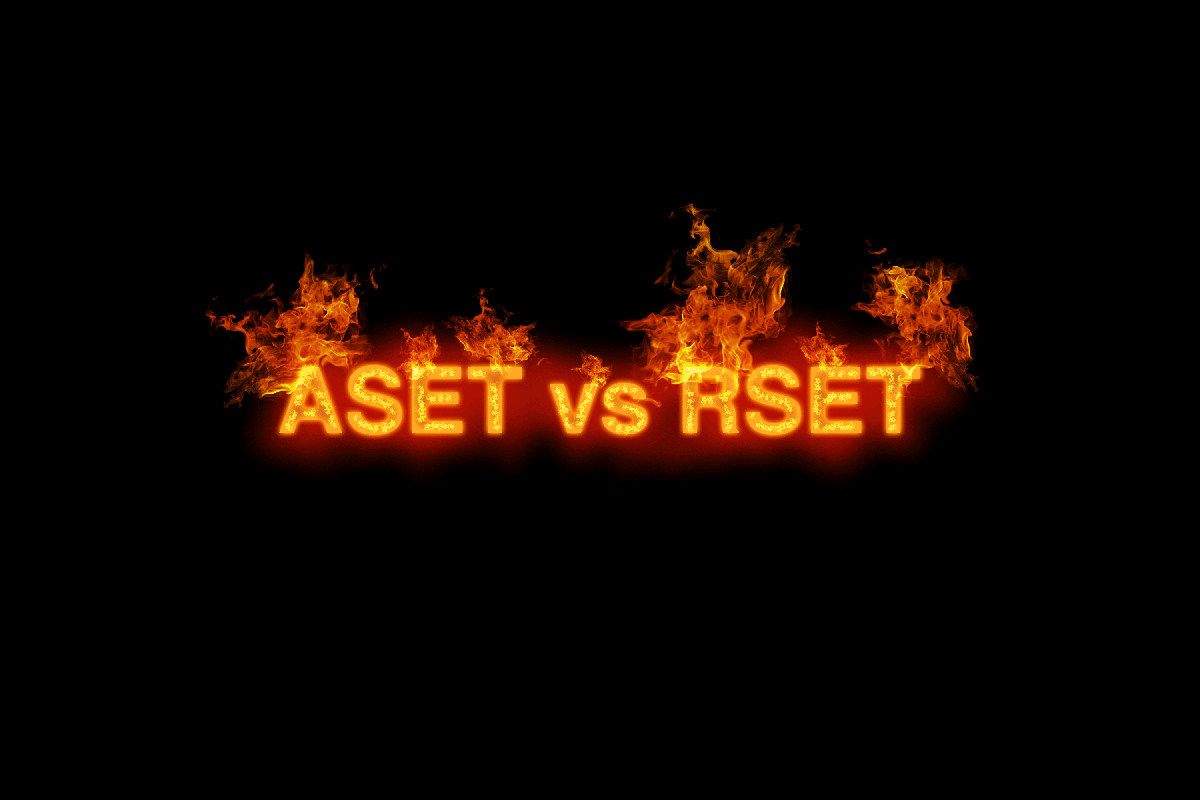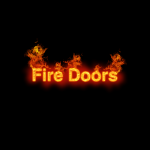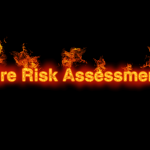Passive fire safety measures such as building methods and materials that work to counter the spread of fire and creating separate compartments meant to contain fires are prioritised in these guidelines.
In general, passive fire safety measures aim to enable people in the structure to get to safety before the situation escalates and safe evacuation is no longer guaranteed.
Fire engineers can demonstrate that fire-safe designs that do not follow current legal guidelines can provide the same level of fire safety required by the applicable Building Regulations through a performance-based approach – fire safety engineering.
With the highly advanced predictive tools available through ASET vs RSET analysis and fire modelling, fire engineers can accurately assess the conditions inside buildings in the event of a fire.
Read on below to find out more about ASET vs RSET and Fire Modelling and how they can be used to determine the effectiveness of a structure’s fire safety and exit strategy in the event of a fire.
Contents
What Is ASET (Available Safe Egress Time)?
ASET (Available Safe Egress Time) refers to the duration of time that elapses after the ignition of fire and before the presence of smoke, heat, and poisonous gases create untenable conditions.
 When calculating ASET, fire engineering experts start with the creation of a design fire. This is done by considering various relevant modification factors, including building materials and the associated amount/yield of their combustion products – including poisonous gases, heat and soot, ceiling height, geometry of the space where the fire started, physical barriers and smoke ventilation systems among others.
When calculating ASET, fire engineering experts start with the creation of a design fire. This is done by considering various relevant modification factors, including building materials and the associated amount/yield of their combustion products – including poisonous gases, heat and soot, ceiling height, geometry of the space where the fire started, physical barriers and smoke ventilation systems among others.
To come up with an estimate of how long it would take for the conditions within the space in question to become untenable after the ignition of a fire, the details of the design fire are fed into a fire modelling tool – or any other applicable calculation tool.
What Is RSET (Required Safe Egress Time)?
RSET (Required Safe Egress Time) refers to the duration of time required for the safe evacuation of the occupants of a building after the signalling of the fire. RSET is calculated as the sum of three separate components – the alarm time, evacuation delay/pre-movement time and movement time.
Alarm/Occupant Notification Time
Alarm time (also referred to as occupant notification time) is when occupants of the building first become aware of the fire, after ignition, through the structure’s manual or automatic fire alarm system.
Evacuation Delay/Pre-Movement Time
Evacuation delay time (also known as the pre-movement time) is the time when the occupants decide to start moving after being notified of the fire – hearing the fire alarm. From the determination of whether the fire is genuine to the gathering of occupants and/or belongings, evacuation delay is attributed to various pre-movement activities.
It is worth noting that pre-movement time may range from a few seconds to several minutes, depending on the nature of the building’s occupancy.
Movement Time
Movement time is the time when occupants of a building take to move to safety (or evacuate the building/space) after deciding to start moving and have started moving.
Some of the factors considered in the calculation of movement time include occupant flow rates through applicable exits, such as stairways and doorways, and walking speed.
When calculating RSET, a factor of safety is normally applied in movement time due to the uncertainty associated with human behaviour.
What Is ASET/RSET Analysis?
ASET/RSET Analysis can be defined as a standard fire safety engineering tool that focuses on the comparison of Available Safe Egress Time (ASET) and the Required Safe Egress Time (RSET). It seeks to analyse the conditions within a building structure in the event of a fire.
To demonstrate that safe evacuation is always possible in the event of a fire, ASET/RSET analysis seeks to demonstrate that the ASET (Available Safe Egress Time) is more than the RSET (Required Safe Egress Time).
What Is Fire Modelling?
 Fire modelling is used to predict how smoke and heat can spread in the event of a fire. During a fire, heat and smoke can prove to be more dangerous, to occupants, than the direction of movement of the flames.
Fire modelling is used to predict how smoke and heat can spread in the event of a fire. During a fire, heat and smoke can prove to be more dangerous, to occupants, than the direction of movement of the flames.
With that in mind, fire modelling aims to give fire engineers an accurate prediction of the flow of heat and smoke during a fire and help them come up with the safest evacuation strategies and highly effective passive fire protection and active fire protection systems.
For the most accurate predictive results, fire modelling uses highly advanced modelling tools, including Computational Fluid Dynamics (CFD).
What Is Computational Fluid Dynamics (CFD)?
Used in various industries, including automotive and aerospace, Computational Fluid Dynamics relies on the use of computer analysis to demonstrate the flow of fluids or gases within a given space or over a surface.
In fire engineering, CFD is used to demonstrate the movement/flow of flames, heat and smoke in a virtual representation of a given building or structure. By showing how the design/layout of a building will affect the flow/movement of smoke, heat and flames, CFD modelling plays a major role in creating effective fire safety strategies.
CFD modelling also helps fire engineers test the effectiveness of said fire safety strategies, albeit in a virtual format.
Conclusion
As you can see, ASET vs RSET analysis and fire modelling rely on using various highly advanced predictive and modelling tools to develop the most effective fire safety strategies through a performance-based approach.
This approach can demonstrate the fire safety of modern building designs meet the provisions of prescriptive guidelines.




